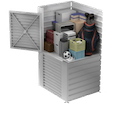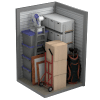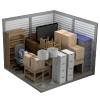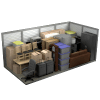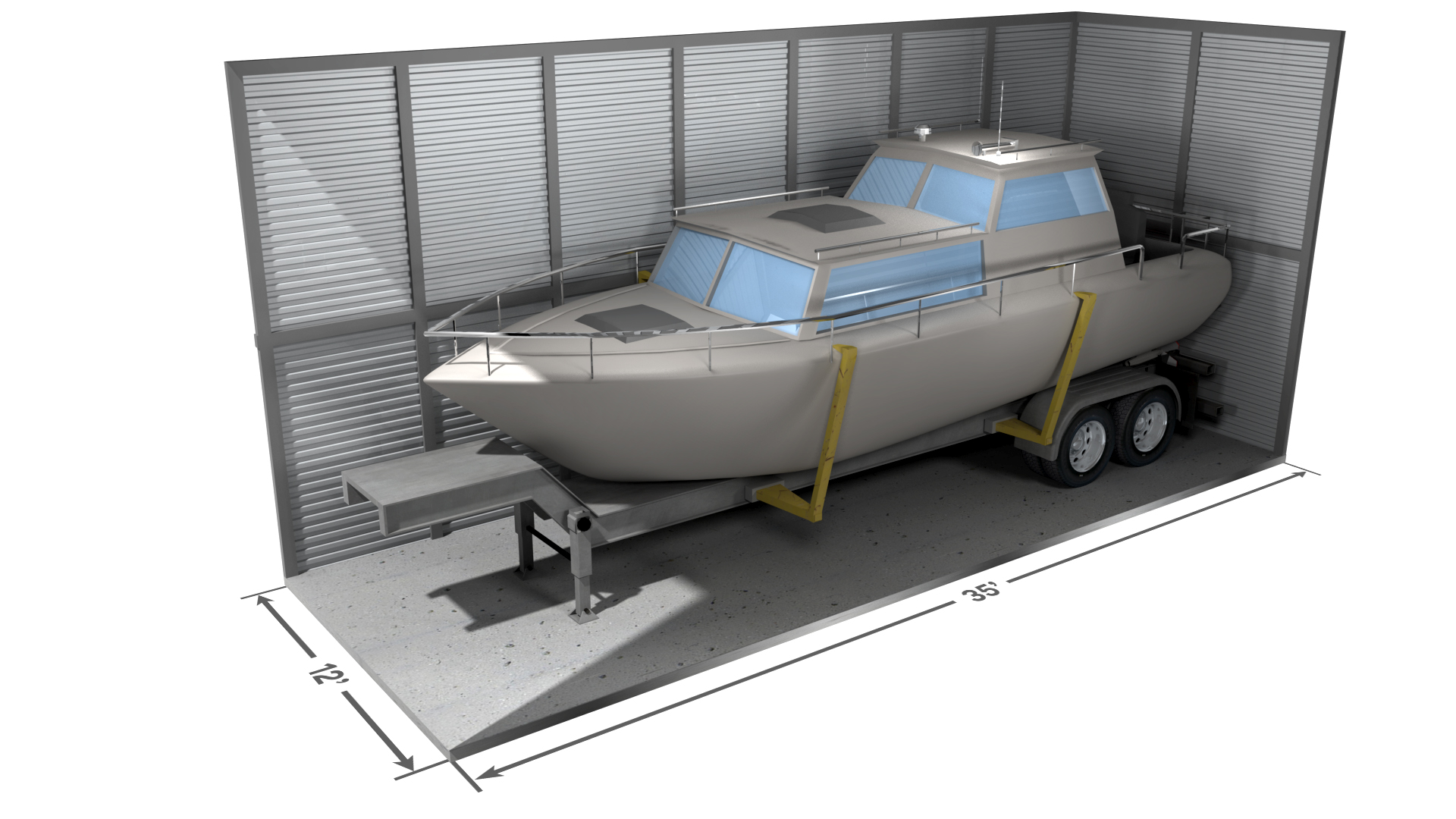The township of Holmdel, New Jersey offers picturesque beauty to residents – and located almost directly in the center is the innovative research and development facility known as Bell Labs. Opened more than 50 years ago, this facility is credited with the creation of the transistor, the discovery of cosmic microwave background radiation, and notable work in the Big Bang Theory
With such a rich history in the sciences, you might be inspired to create your own lab space at home. But creating one takes work, from choosing the right space to moving clutter to self-storage. Safeguard Self Storage can help, so you can start experimenting in your personal lab! We’ve got a few tips on how you can create your own now.
The Requirements of a Home Lab
Transforming one of your rooms into a home science lab starts with choosing the right location. The lab will require several features:
Work surface
Labs can take up a large amount of counter space. Besides space for the experiment itself, you’ll need room for a microscope, supplies, notebook, chemicals, and so on. Ten square feet is the bare minimum with two designated areas: Space for performing the actual experiments and an area for prep and recording notes. Protect surfaces with mats.
Storage
Securing storage space in your lab is important for keeping equipment and chemicals safe. This is especially important for any hazardous materials. Don’t store general household items with your chemicals, and make sure these items aren’t easily accessible by children or pets.
Ventilation
Experiments may cause toxic fumes, odors, or smoke. Ventilating your work area and guiding these fumes outdoors is important for your comfort and safety. An open window with an exhaust fan is sufficient, but an exhaust hood is ideal. Work outdoors if an experiment produces lots of fumes or smoke.
Lighting
Ensure the area is well lit, so you can perform experiments safely and avoid dangerous errors. Use table lamps or portable light sources if the overhead lighting isn’t sufficient.
Electrical outlets
Make sure you have plenty of access to electrical sources. Various pieces of equipment will require electricity, and any extra lighting will also need to be plugged in.
Water and sewer
While not essential, access to running water and a sewer connection will make life in your home lab easier.
Flooring
At some point, you will most likely spill something on the floor. Should that happen, it’s best to have linoleum or sheet vinyl as your flooring material. If it’s concrete, paint it with epoxy-based floor paint to prevent absorption or staining.
Choosing a Room for Your Lab
Many rooms can be viable options for a home lab, even if they don’t have all the features you need. Consider which room is the best option for you and then start the transformation:
- Kitchen. With plenty of workspace, storage, access to water, and the correct flooring, the kitchen might be an ideal place for a home lab. The kitchen also has good ventilation, access to electricity, and is well-lit. However, storing chemicals near your food can be dangerous. If the kitchen is your only option, take extreme care to prevent contamination. Protect surfaces with a durable, chemical-resistant mat, and make sure to clean everything thoroughly after each experiment. Store equipment and chemicals separately from all kitchen-related items.
- Laundry room. Laundry rooms generally have everything you need to create a lab. You’ll have to be aware of any spills or clean-ups to ensure that any clothes in the area stay damage-free.
- Basement/Garage. Basements and garages are pretty similar locations when considering lab setup. There is usually plenty of storage space and work surfaces available or can be easily installed if necessary. The floor is also usually concrete and electrical power is available, though ventilation and water supply can be a concern for a basement lab. Also, garages don’t usually have a water supply and lack climate control.
While basements and garages may not have certain beneficial features, they very well could be the only option you have for a home lab and may be the best choice for people who don’t want their lab to overflow into their everyday lives.
Moving Extra Clutter to Self Storage
Once you’ve chosen your space for the lab, start de-cluttering by moving unnecessary belongings to a nearby commercial storage space. Move boxed items from your garage or basement to a Holmdel storage unit so it’s safe and out of the way. Large items that are rarely used are right at home in a self-storage space, too. Map out exactly how much counter space and household storage you’ll need for your home lab. Also, consider how much room you’ll want for your own comfort. When you know the space that your home lab requires, moving extra clutter to nearby self-storage will be much easier. Safeguard Self Storage in Holmdel is equipped with top-of-the-line security features, so you can rest easy knowing your belongings are safe – and start experimenting worry-free. Figure out how much clutter you need to store, and find the storage unit to fit your needs.

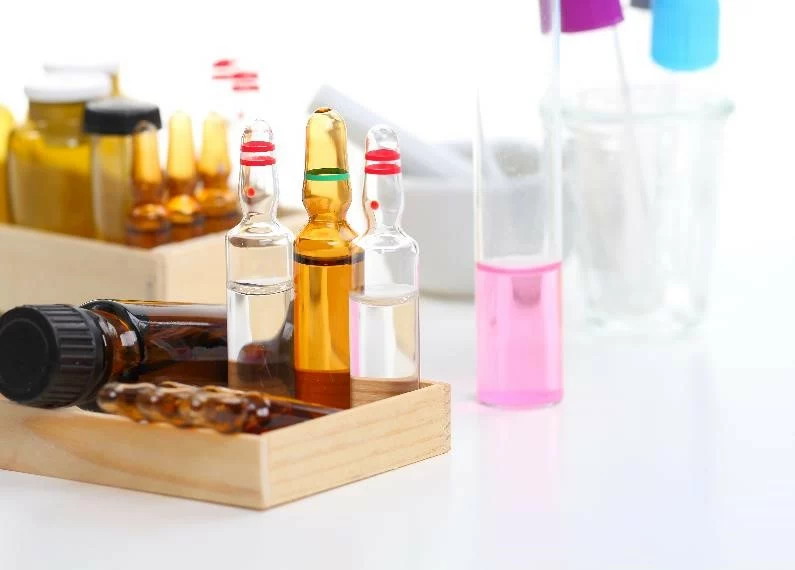 ';
';




